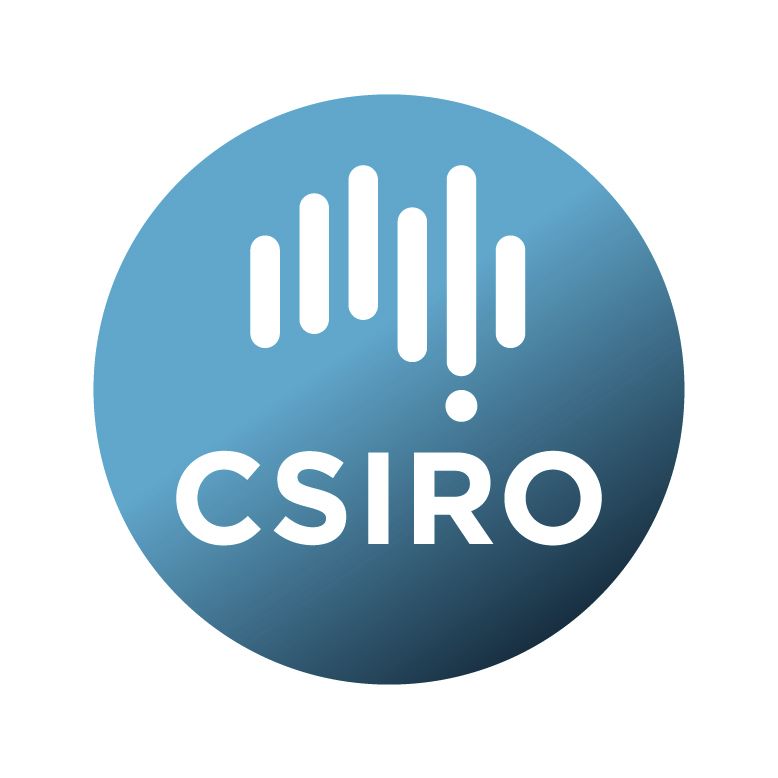Brief description
Spatial layers are provided representing predicted community-level biodiversity patterns for several taxonomic groups (birds, reptiles, fungi) across Australia at 9s resolution (~250 m). Species richness (α-diversity) and pairwise compositional dissimilarity (β-diversity) were modelled by combining spatial environment layers with species occurrence observations and survey data. The models were projected spatially to produce spatial layers (maps) of predicted diversity.Lineage: Methods
The methods used to generate these data are described in full in the supporting file provided (‘DiversityLayers_Methods’). In summary, spatial environment layers that could potentially help to predict patterns of community level diversity across Australia were obtained from a variety of sources and aligned to a common 9s resolution (~250 m) spatial grid for Australia. Biological records for birds and reptiles were obtained from the Atlas of Living Australia, aggregated to spatial grid cells and those grid cells with adequate number of species recorded to be considered a ‘community sample’ used to model community diversity patterns. For fungi, surveyed compositional data were used from Bisset et al. (2016).
To model species richness, we used generalised additive modelling (GAM), with environmental predictor variables selected through interactive backward elimination variable selection process. The final models of species richness for each taxonomic group were projected spatially across Australia.
To model pairwise community compositional dissimilarity we used generalised dissimilarity modelling (GDM), with environmental predictor variables selected through interactive backward elimination variable selection process. The final models of compositional dissimilarity for each taxonomic group were projected spatially across Australia, creating a model transformed layer for each predictor variable.
Data products
The spatial layers are provided in a separate folder for each taxonomic group. Within each folder, a species richness prediction grid is provided (‘Taxa_Richness’), and GDM transformed predictor layers are provided, one for each predictor variable used in the model (‘Taxa_GDM_tran…’). See Mokany et al. (2022) for a description of how these GDM transformed predictor layers are generated and how they can be used to predict the compositional dissimilarity between any pair of grid cells.
All spatial layers are in GDA94 geographic projection (EPSG:4283) and geotiff format, with no-data values set to -9999.
References
Mokany, K., et al. 2022. A working guide to harnessing generalized dissimilarity modelling for biodiversity analysis and conservation assessment. - Global Ecology and Biogeography 31: 802-821.
Available: 2024-06-07
Data time period: to 2022-08-09
Subjects
Australia |
Aves |
Biological Sciences |
Community Ecology (Excl. Invasive Species Ecology) |
Ecology |
Fungi |
GAM |
GDM |
Reptilia |
birds |
community |
compositional dissimilarity |
layer |
map |
model |
raster |
reptiles |
species richness |
User Contributed Tags
Login to tag this record with meaningful keywords to make it easier to discover
Identifiers
- DOI : 10.25919/B4NX-0G69

- Handle : 102.100.100/445451

- URL : data.csiro.au/collection/csiro:55986



